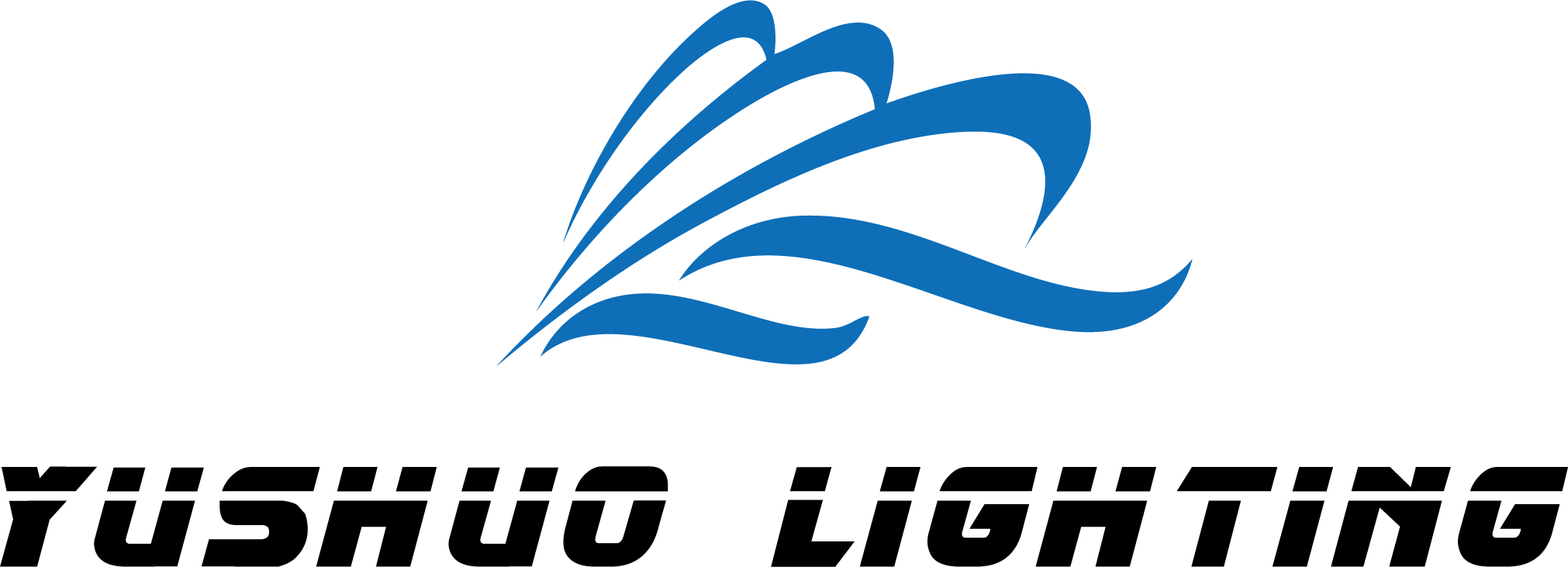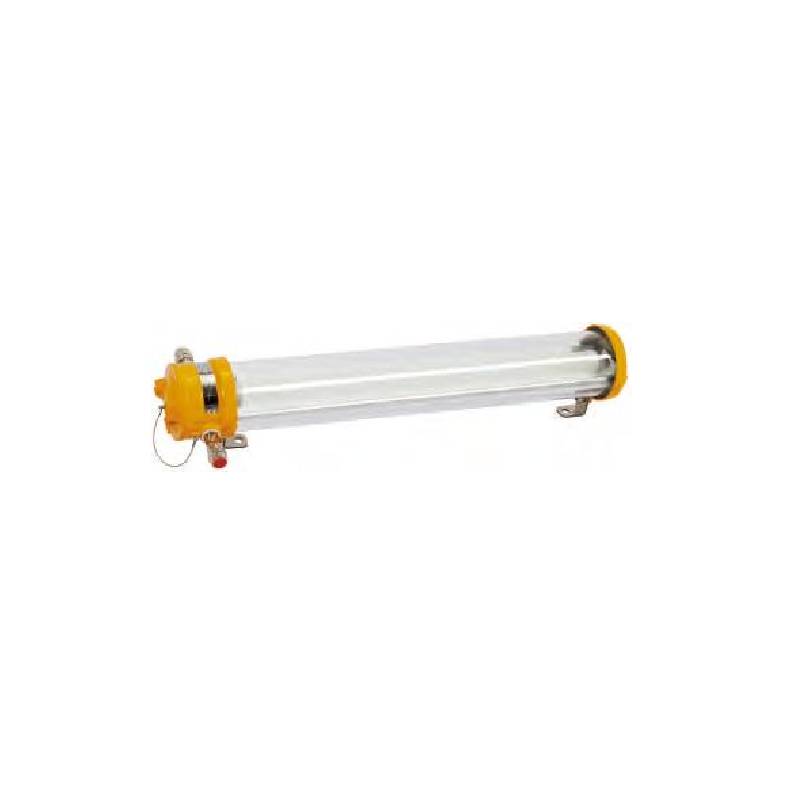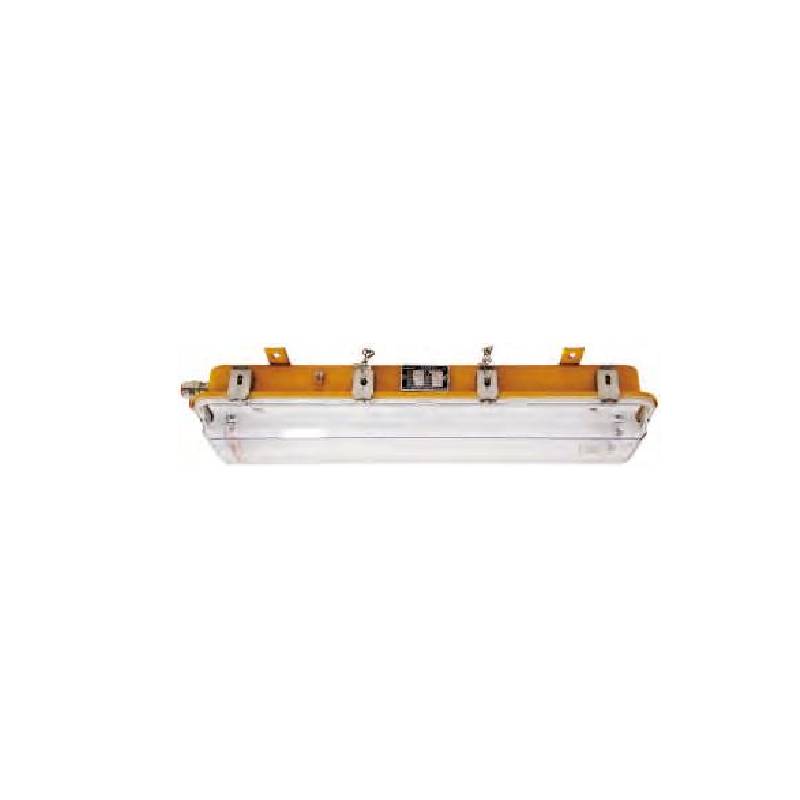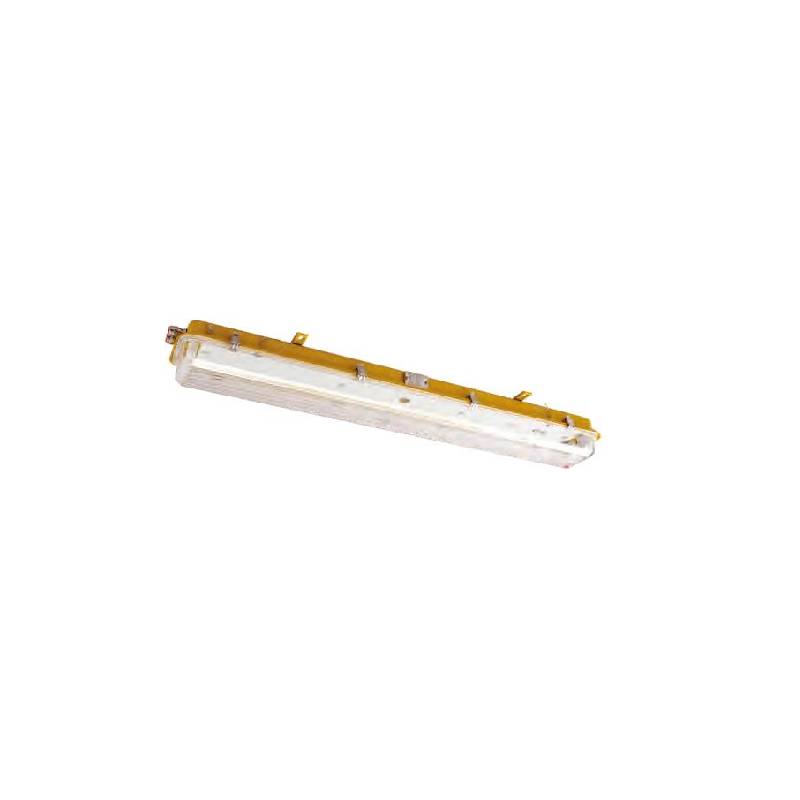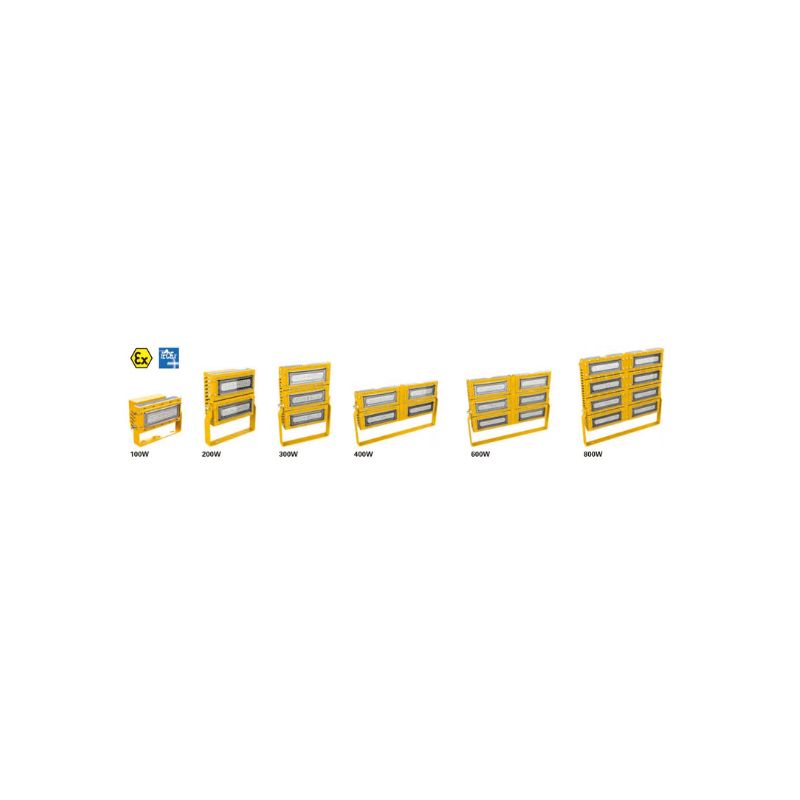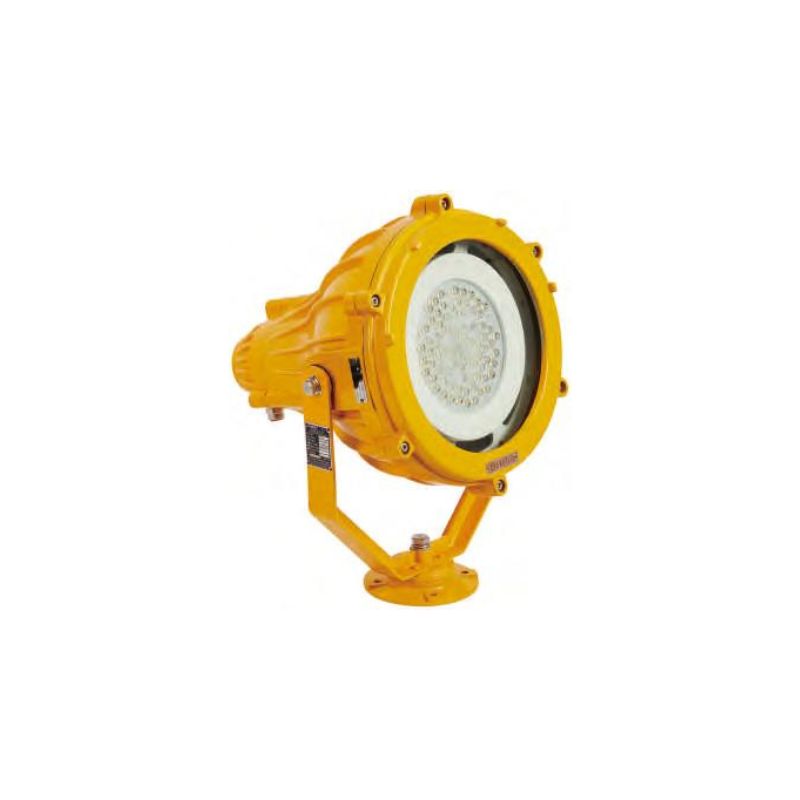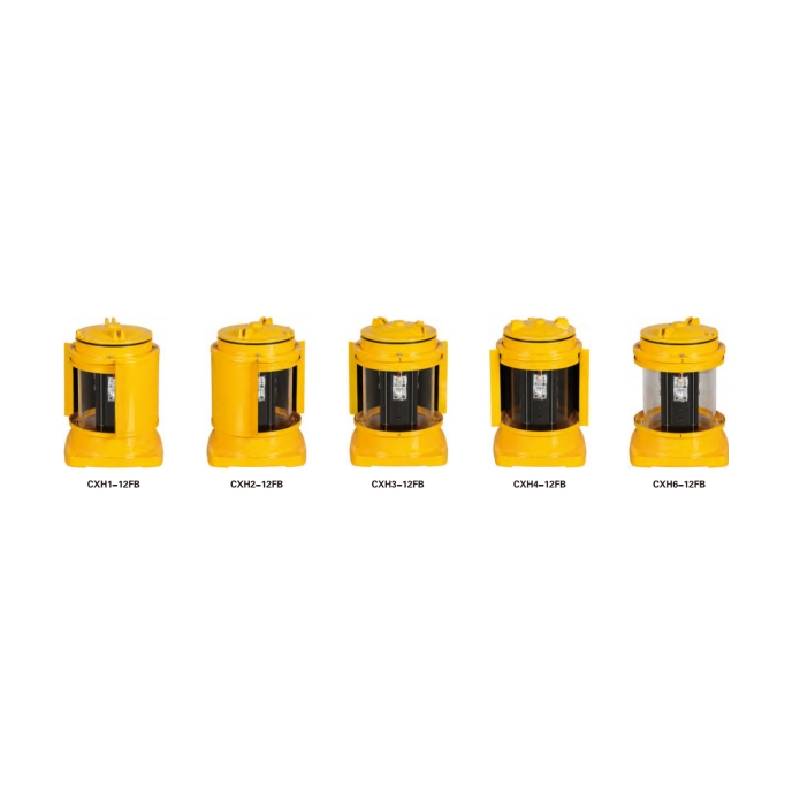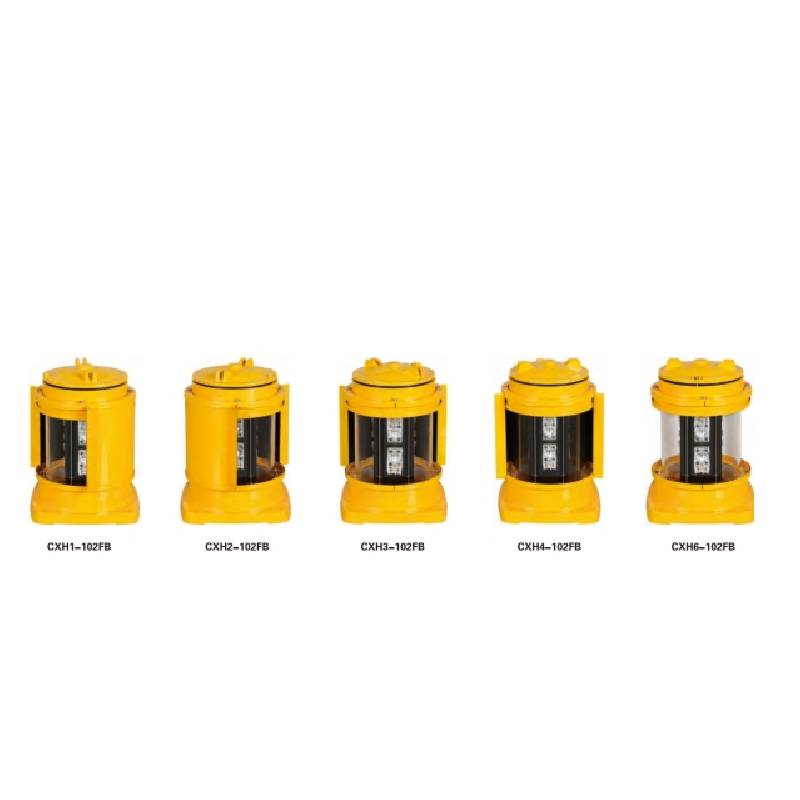How to Enhance Safety Standard in Marine Explosion-proof Lighting
In marine environments, safety is paramount. The risks associated with explosive gases, volatile materials, and harsh operating conditions make reliable explosion-proof lighting a critical component for ensuring the safety of crew, equipment, and vessels. As the maritime industry evolves, enhancing safety standards in explosion-proof lighting has become a pressing necessity.

Table of Contents
The Importance of Explosion-proof Lighting in Marine Environments
Marine vessels, particularly those transporting flammable materials like oil, gas, or chemicals, are exposed to potentially explosive atmospheres. These environments often contain volatile gases, vapors, or dust that can ignite if exposed to a spark or excessive heat. Standard lighting fixtures can become ignition sources, posing significant risks. Explosion-proof lighting is specifically designed to prevent ignition by containing any sparks or heat within the fixture, ensuring safe operation in hazardous areas.
The consequences of inadequate lighting safety can be catastrophic, including fires, explosions, loss of life, environmental damage, and significant financial losses. Therefore, marine explosion-proof lighting is not just a regulatory requirement but a critical component of maritime safety.
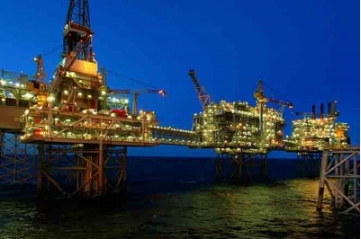
Current Standards and Regulations in Marine Explosion-proof Lighting
This chart provides an overview of critical standards and certifications applicable to explosion-proof lights in marine environments. These guidelines ensure that systems meet safety, reliability, and performance requirements in hazardous conditions.
| Standard/Regulation | Description | Application |
| IECEx Certification | Ensures safety of electrical equipment in explosive atmospheres. | Internationally accepted for marine and offshore installations. |
| ATEX Certification | Specifies requirements for equipment used in explosive atmospheres within the EU. | Mandatory for vessels operating in European waters. |
| Ingress Protection (IP) Rating | Defines the enclosure’s protection level against water, dust, and debris (e.g., IP66, IP67). | Ensures lighting durability in marine environments. |
| ABS (American Bureau of Shipping) | Certifies that lighting systems meet marine and offshore safety standards. | Commonly required for vessels registered in the U.S. |
| DNV (Det Norske Veritas) | Provides approvals for explosion-proof equipment in hazardous marine environments. | Standard for vessels and offshore platforms worldwide. |
| Lloyd’s Register Certification | Approves lighting systems for reliability in marine and offshore applications. | Essential for global shipping compliance. |
| UL 844 (Underwriters Laboratories) | Certifies lighting fixtures for hazardous locations, including marine environments. | Frequently used for U.S.-based marine operations. |
| EN 60079 Series | Focuses on design, construction, and testing of explosion-proof equipment for explosive atmospheres. | Applies to electrical lighting in hazardous areas globally. |
| ISO 13702 | Outlines safety objectives for lighting systems in offshore production installations. | Widely adopted for oil and gas rigs and offshore facilities. |
| SOLAS (Safety of Life at Sea) | Regulates the safety of lighting systems aboard ships, ensuring reliability in emergencies. | Mandatory for all SOLAS-compliant vessels globally. |
While these standards provide a strong foundation, the dynamic nature of maritime operations necessitates continuous improvement and adaptation of safety measures.
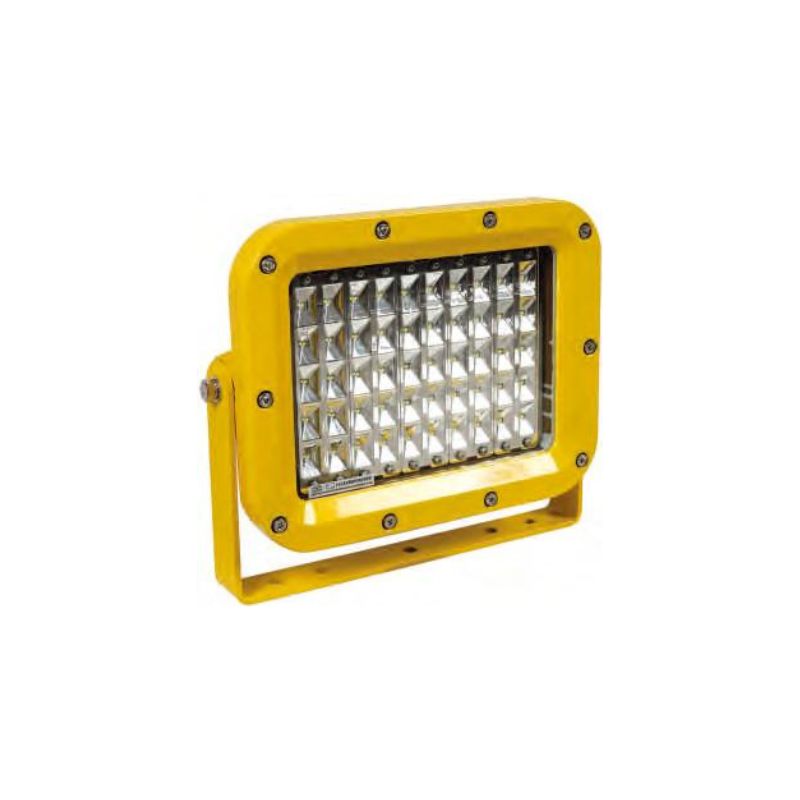
Challenges in the Safety of Marine Explosion-proof Lighting
This chart provides a clear overview of the main challenges, their descriptions, and the potential impacts on marine explosion-proof lighting safety.
| Challenge | Description | Impact |
| Corrosion and Environmental Degradation | Exposure to saline air and high humidity leads to material degradation. | Reduced lifespan and compromised structural integrity. |
| High Temperature Variations | Extreme temperature fluctuations can affect lighting performance. | Increased risk of component failure and overheating. |
| Compliance with Stringent Standards | Meeting rigorous certifications like IECEx and ATEX is time-consuming and costly. | Delays in deployment and increased manufacturing costs. |
| Mechanical Vibrations and Impacts | Constant vibrations and potential physical impacts damage fixtures. | Risk of misalignment and system failure. |
| Limited Maintenance Accessibility | Difficult-to-reach installations hinder regular maintenance and inspections. | Higher maintenance costs and increased downtime. |
| Electrical Faults and Ignition Risks | Improper wiring or short circuits increase ignition risks in hazardous areas. | Potential for catastrophic explosions. |
| High Initial Costs | Advanced materials and certifications result in significant upfront expenses. | Financial barriers for smaller operators. |
| Compatibility with Modern Technologies | Integrating lighting with IoT and automation systems can be complex. | Delayed adoption of smart solutions. |
| Short Lifespan of Traditional Bulbs | Halogen and older technologies require frequent replacements. | Higher maintenance efforts and costs. |
| Insufficient Training for Operators | Lack of adequate training in installation and maintenance of lighting systems. | Increased operational errors and safety hazards. |
Key Strategies to Enhance Safety Standards of Explosion-proof Lighting Systems in Marine Environments
1. Advanced Materials
Marine environments are notoriously harsh, with constant exposure to saltwater, humidity, and temperature fluctuations. Explosion-proof lighting fixtures must be constructed from corrosion-resistant materials such as stainless steel or marine-grade aluminum to withstand these conditions. Additionally, robust enclosures that are both waterproof and dustproof are essential to maintain the integrity of the lighting systems over time.
2. Integration of LED Technology
LED explosion-proof lights offer numerous advantages, including energy efficiency, lower heat emission, and a longer lifespan. These features not only reduce the risk of ignition in hazardous areas but also contribute to sustainability efforts within the maritime industry. Furthermore, the adoption of smart lighting systems equipped with IoT-enabled sensors can enhance safety by providing real-time monitoring of environmental conditions, such as gas leaks or temperature changes, and automatically adjusting lighting levels to mitigate risks.
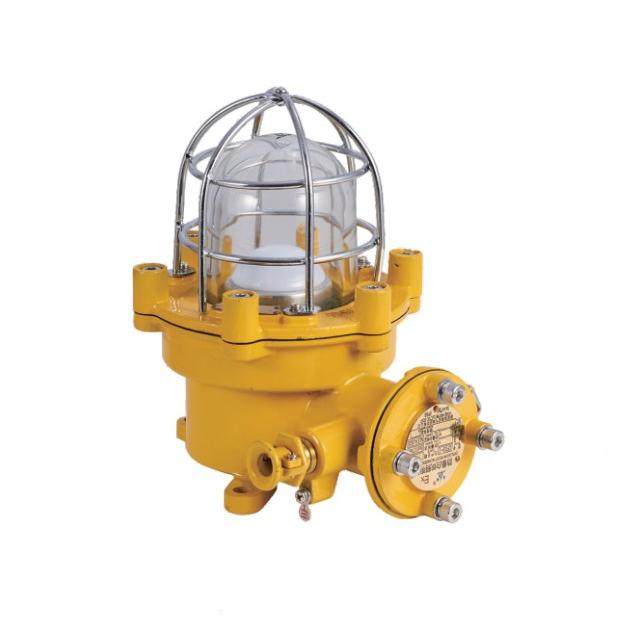
3. Regular Inspection and Maintenance
Regular inspection and maintenance are vital to ensuring the reliability of explosion-proof lighting systems. Establishing a routine inspection schedule helps identify and address potential issues before they escalate. Predictive maintenance technologies, such as remote monitoring systems, can further improve reliability by detecting anomalies early. Equally important is training crew members to properly handle and maintain these systems, as human error can often be a contributing factor in accidents.
4. Compliance with Updated Standards and Regulations
Compliance with international standards and regulations is non-negotiable in the maritime industry. Explosion-proof lighting must adhere to stringent guidelines set by organizations such as ATEX, IECEx, UL, and the IMO. Staying updated with evolving regulations and incorporating them into lighting designs ensures that safety standards are consistently met. Collaboration between manufacturers, ship operators, and regulatory bodies is essential to align practices with the latest safety requirements.
5. Innovation in Design and Technology
For instance, modular lighting systems allow for easier installation and maintenance, reducing downtime and improving operational efficiency. Explosion-proof connectors and wiring further enhance safety by preventing sparks or short circuits in hazardous areas. Additionally, focusing on energy efficiency and sustainability, such as integrating renewable energy sources like solar power, aligns with the industry’s broader environmental goals.
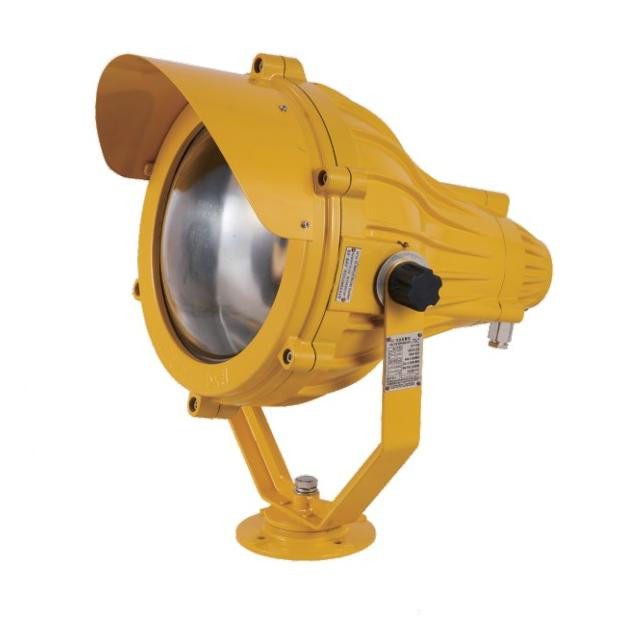
Future Trends in Enhancing Safety Standards of Marine Explosion-proof Lighting
1. Smart Lighting Systems with IoT Integration
One of the most transformative trends is the integration of smart technologies into explosion-proof lighting systems. The Internet of Things (IoT) is playing a pivotal role in this evolution, enabling real-time monitoring and control of lighting systems. Smart sensors embedded within lighting fixtures can detect environmental changes, such as gas leaks, temperature fluctuations, or excessive humidity, and automatically adjust lighting conditions or trigger alarms. This proactive approach not only enhances safety but also reduces the risk of human error. Additionally, IoT-enabled systems facilitate predictive maintenance by analyzing performance data and identifying potential issues before they escalate, ensuring uninterrupted operation in hazardous areas.
2. Advanced Coatings
Marine environments are notoriously harsh, with constant exposure to saltwater, humidity, and mechanical stress. Innovations in nanotechnology and advanced composites are leading to the development of lighting fixtures that are more resistant to corrosion, impact, and wear. These materials not only extend the lifespan of lighting systems but also reduce the need for frequent maintenance, which can be challenging in hard-to-reach areas of a vessel.
3. Energy-Efficient and Sustainable Solutions
The adoption of LED technology has already revolutionized the industry, offering lower energy consumption, reduced heat emission, and longer lifespans compared to traditional lighting. Looking ahead, the integration of renewable energy sources, such as solar power, into lighting systems will further enhance sustainability. Solar-powered explosion-proof lighting, combined with advanced energy storage solutions like lithium-ion batteries, will provide reliable illumination while minimizing the environmental impact of maritime operations.
4. Artificial Intelligence and Machine Learning
AI-powered systems can analyze vast amounts of data from lighting systems and other onboard sensors to predict potential hazards, such as equipment failures or unsafe environmental conditions. By providing early warnings and actionable insights, these technologies enable crew members to take preventive measures, reducing the risk of accidents. Furthermore, machine learning algorithms can optimize lighting performance by adapting to usage patterns and environmental conditions, ensuring energy efficiency and safety.
5. Human-Centric Lighting Design
This approach focuses on creating lighting systems that support the well-being and productivity of crew members. Adaptive lighting, which adjusts brightness and color temperature based on the time of day and task requirements, can help reduce fatigue and improve focus during long shifts. Ergonomic and user-friendly designs will also play a key role in ensuring that lighting systems are easy to operate and maintain, even in challenging conditions.
6. Collaboration and Innovation Ecosystems
Collaboration and innovation ecosystems are driving the development of next-generation explosion-proof lighting solutions. Partnerships between lighting manufacturers, shipbuilders, and technology providers are fostering the creation of tailored solutions that address the specific needs of the maritime industry. Open innovation platforms are encouraging knowledge sharing and accelerating the adoption of new technologies, ensuring that safety standards continue to evolve in line with industry demands.
7. Focus on Environmental Impact
A growing emphasis on environmental responsibility is influencing the design and manufacturing of explosion-proof lighting systems. Eco-friendly production processes, recyclable materials, and reduced light pollution are becoming key considerations for manufacturers. By minimizing the environmental impact of lighting systems, the maritime industry can align with global sustainability goals while maintaining the highest safety standards.
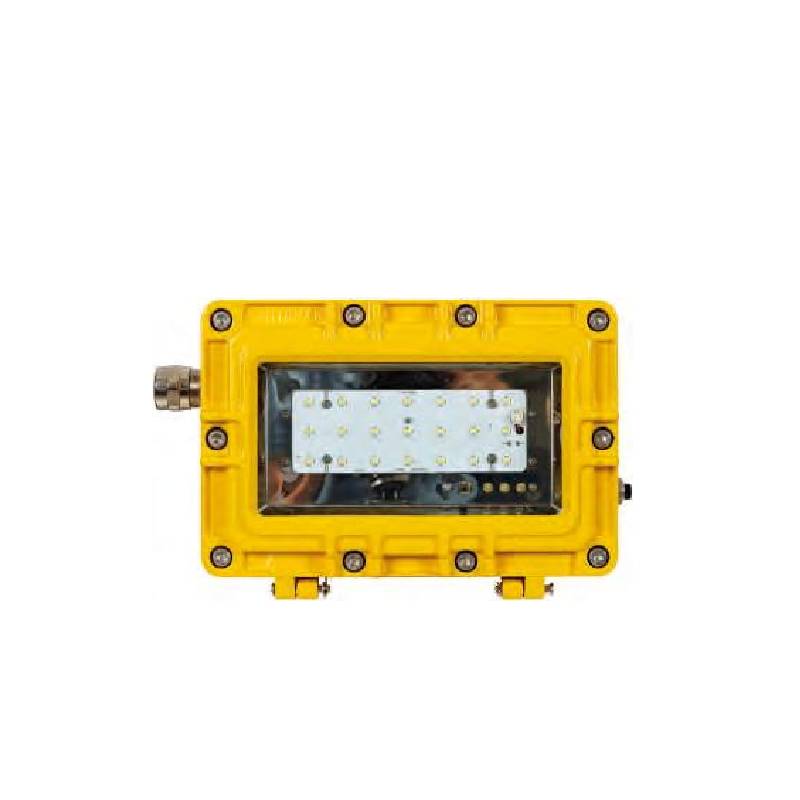
Final Thoughts
Enhancing safety standards in marine explosion-proof lighting requires a multifaceted approach that combines advanced technology, robust materials, strict compliance, and continuous innovation. By adopting these key strategies, the maritime industry can significantly reduce the risks associated with hazardous environments, ensuring the safety of crew members, vessels, and cargo. With the evolving marine industry, prioritizing safety in explosion-proof lighting will pave the way for a safer and more sustainable future.
